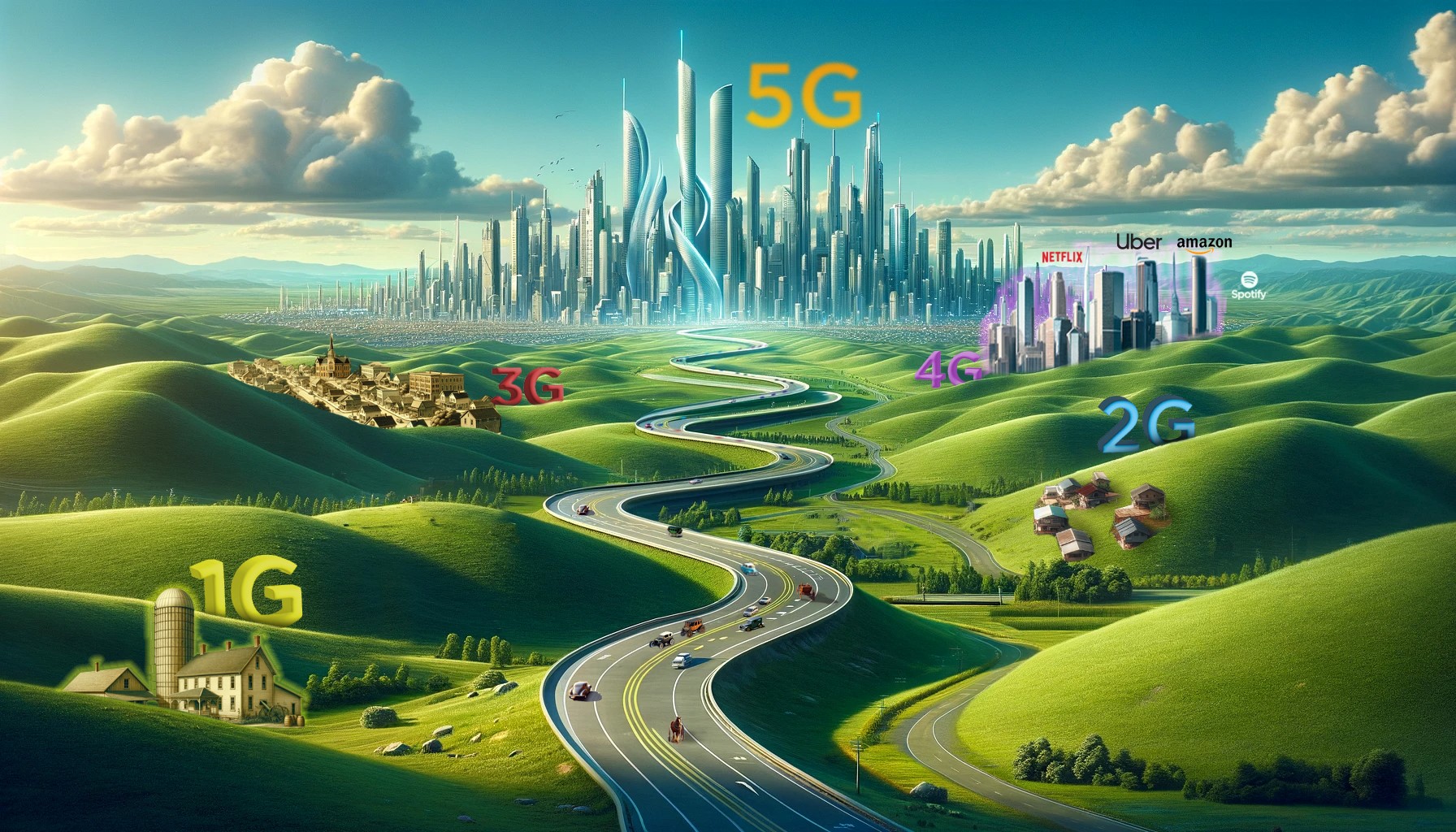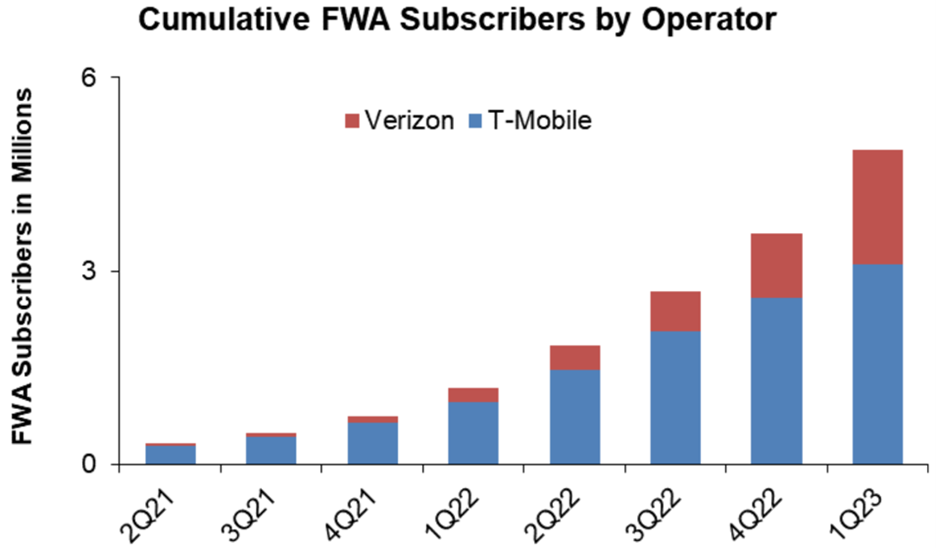Wireless Evolution: From 1G to 5G - Transformative Roads and Cities of Connectivity
By Melroy Machado, Director of Operations, Turnkey Services
The evolution of wireless communication, akin to a journey along highways, has seen remarkable advancements from 1G to 5G, paralleling the expansion of roads and the emergence of cities. Each generation of wireless technology has laid the foundation for new applications and services, transforming the landscape of connectivity and communication.

1G to 4G
In this analogy, 1G, the first-generation wireless technology, resembled a basic single-lane road. It initiated mobile communication, albeit with limited analog voice call capabilities. This modest beginning was comparable to the emergence of the first city along this basic communication highway.
The journey progressed to 2G, a two-lane highway enabling digital calls and SMS, expanding the reach and reliability of wireless communication, much like the growth of a town along the road. This phase introduced digital communication and paved the way for text messages and basic data services.
As the road widened to 3G, akin to a four-lane highway, faster data transmission allowed for mobile internet access. The birth of new cities along this route introduced applications like mobile browsing, video calling, and the initial forms of mobile commerce.
The journey continued to 4G, where the road expanded further, resembling a modern eight-lane highway. It facilitated faster and more reliable connections, much like cities experiencing a boom in advanced services. High-definition video streaming, online gaming, and other bandwidth-intensive applications thrived, transforming these cities into hubs of digital interconnectedness.
With the arrival of 4G, several service companies capitalized on its high-speed connectivity and reliability:
- Ride-Sharing Apps like Uber and Lyft leveraged the fast and reliable 4G connections to revolutionize transportation services, enabling real-time matching of drivers with passengers.
- Video Streaming Services such as Netflix and Hulu experienced significant growth, allowing users to stream high-definition content on their mobile devices seamlessly, transforming media consumption.
- Mobile Payment Solutions like Square and PayPal expanded, enabling quick and secure mobile transactions, fueling the growth of mobile commerce and contactless payment options.
- Social Media Platforms such as Instagram and Snapchat harnessed 4G's capabilities to allow instant sharing of high-quality images and videos, fostering the rise of influencer marketing and changing the landscape of digital advertising.
5G
As we move into the era of 5G technology, even greater possibilities lie ahead. Known for its ability to provide enhanced capacity and connectivity at lightning speeds—thanks in part to millimeter wave spectrum allocations—fixed wireless access has become an invaluable aspect of this latest generation.
Telecom providers who struggled with delivering optimal user experiences during their foray into 4G have now been given another chance thanks largely due to improvements brought about by increased capacity inherent within emerging fixed wireless access (FWA) services like those offered through Verizon and T-Mobile.

Dell’Oro Group Broadband Access & Home Networking 1Q23 Report
Now, the current destination along this technological journey is 5G. This highway resembles a futuristic, multi-lane smart road. One of the critical components of 5G is the integration of millimeter wave (mmWave) technology, allowing for exceptionally fast data transmission speeds.
mmWave technology in 5G plays a pivotal role:
- Low Latency: One key advantage offered by 5G architecture is low latency communication; no longer must data travel long distances before reaching centralized cloud servers only then return all way back down line again. Instead, edge computing part of the 5G architecture allows information processing to occur locally (or near to the end user) thus reducing delays significantly improving real time communications in applications such as autonomous vehicles, remote surgeries, and virtual reality experiences.
- Urban Deployments: mmWave technology finds its primary use in densely populated urban areas, such as Multiple Dwelling Units that require broadband Internet. mmWave’s capacity, performance and ease of installation make it particularly well-suited to compete directly with cable and fiber. More operators means consumers have greater choice among broadband service providers competing for their business.
- High-capacity areas: Stadiums and airports are another use case for mmWave to offload consumer traffic — from 4G/low band 5G — to mmWave 5G, keeping 4G and low band 5G available for voice and text. This delivers a good customer experience in high-traffic areas.
- Improved QoS with network slicing: 5G network slicing will influence future applications by improving quality of service (QoS) and network performance, enabling IoT, advanced mobile, private networks, and FWA. Network slicing will generate predictable performance results and save costs. 5G architecture and spectrum, unlike 4G’s, allows for improved QoS for end use applications because our 5G multi lane highway can accommodate a variety of “vehicles”, public or private, simultaneously.
- Security: While no network is entirely immune to security risks, 5G brings several improvements in security compared to 4G. These security features, built into 5G from the ground up, include stronger encryption protocols, network slicing traffic isolation, virtualization, and mmWave beamforming to reduce interference from other devices and signals.
In summary, the evolution of wireless generations from 1G to 5G parallels the growth of roads and cities, with each stage ushering in new possibilities and services. 4G expanded connectivity, enabling innovative services, while 5G, with mmWave technology, promises unparalleled speed and connectivity, ushering in a new era of transformative applications and services across various industries. Pivotal continues to build the 5G highway, growing opportunities for developers to build new applications that utilize more lanes and take us to new destinations, expanding wireless evolution.

